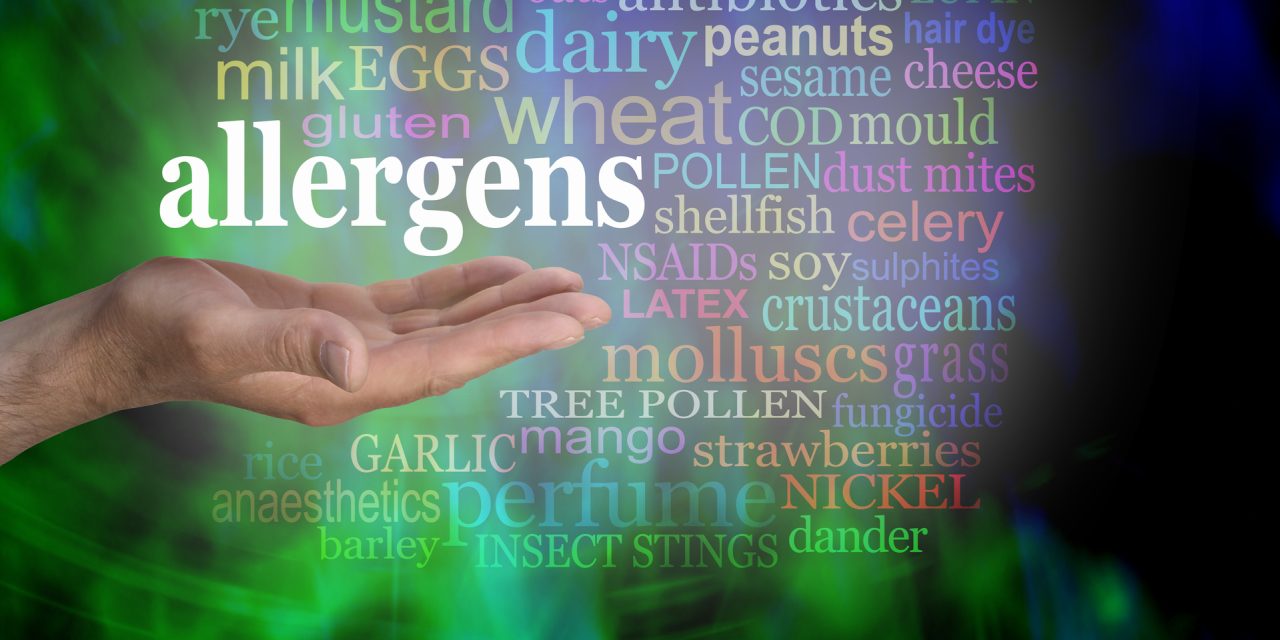Asthma is a common chronic inflammatory airway disease. Recent studies have reported that interleukin (IL)‑33 is a potential link between the airway epithelium and Th2‑type inflammatory responses, which are closely related to the progression of asthma. The IL‑33 receptor, ST2, is highly expressed in group 2 innate lymphoid cells (ILC2s), Th2 cells, mast cells, eosinophils and natural killer (NK) cells. Cnidii Fructus is a Chinese herb with a long history of use in the treatment of asthma in China. Osthole is one of the major components of Cnidii Fructus. The present study examined the anti‑asthmatic effects of osthole in mice and aimed to elucidate the underlying mechanisms involving the IL‑33/ST2 pathway. BALB/c mice were sensitized and challenged with ovalbumin and then treated with an intraperitoneal injection of osthole (25 and 50 mg/kg). Subsequently, the airway hyper‑responsiveness (AHR) and inflammation of the lungs were evaluated. The amounts of IL‑4, IL‑5, IL‑13, interferon (IFN)‑γ and IL‑33 in the bronchoalveolar lavage fluid (BALF) were measured by Luminex assay and their mRNA levels in the lungs were measured by reverse transcription‑quantitative PCR. The histopathology of the lungs was performed with H&E, PAS and Masson’s staining. The expression of ST2 in the lungs was evaluated by immunohistochemistry. The data demonstrated that osthole markedly reduced AHR and decreased the number of eosinophils and lymphocytes in BALF. It was also observed that osthole significantly inhibited the release of Th2‑type cytokines (IL‑4, IL‑5 and IL‑13) and upregulated the IFN‑γ level in BALF. Moreover, osthole significantly attenuated the IL‑33 and ST2 expression in the lungs of asthmatic mice. On the whole, osthole attenuated ovalbumin‑induced lung inflammation through the inhibition of IL‑33/ST2 signaling in an asthmatic mouse model. These results suggest that osthole is a promising target for the development of an asthma medication.
Osthole attenuates ovalbumin‑induced lung inflammation via the inhibition of IL‑33/ST2 signaling in asthmatic mice.


